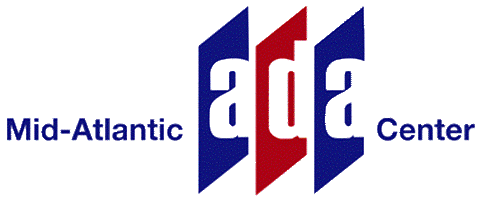- Accessible routes to and through the facility;
- Details about the configuration of accessible guest rooms and bathrooms;
- The availability of accessibility equipment or features such as bath benches, or visual alarm and alert devices for guests who are deaf or hard of hearing; and
- The accessibility of common spaces such as meeting rooms, lounges, restaurants, swimming pools, or fitness centers.
To improve accessibility of places of lodging:
- Ensure beds are of an accessible height (recommended bed height is between 20 to 23 inches from the floor to top of the mattress).
- Ensure that portable shower seats are safe and accessible, providing such features as a seat back, adequate structural strength, sufficient seat depth, and non-slip caps on seat legs. Where folding shower seats are installed on the walls of accessible shower compartments, the 2010 ADA Standards contains a number of technical requirements including the appropriate seat placement so that the seat is usable and the shower controls are within reach.
- Include multiple outlets and cords.
- Training hotel staff on:
- General ADA regulations
- Accessibility features available for guests.
- The use of respectful language and practices for guests with disabilities
- Effective communication practices that would benefit guests who are deaf or hard of hearing
- Hotel policies addressing use of service animals
Resources
Find materials, resources, and training to help hospitality businesses reach and serve customers with disabilities.
Find the regulations for Title III/public accommodations, the 2010 ADA Standards for Accessible Design, and a variety of technical assistance materials.
Find the ADA Standards along with technical assistance materials, including design guides for recreational facilities.
Content was developed by the Mid-Atlantic ADA Center and the Northwest ADA Center, and is based on professional consensus of ADA experts and the ADA National Network.

401 North Washington Street, Suite 450
Rockville, MD 20850
Toll Free: 800-949-4232 V/TTY
Local: 301-217-0124 V/TTY
Fax: 301-251-37626912 220th St. SW, Suite 105
Mountlake Terrace, WA 98043
Toll Free: 800-949-4232 V/TTY
Local: 425-248-2480
Fax: 425-774-9303The contents of this factsheet were developed under grants from the National Institute on Disability, Independent Living, and Rehabilitation Research (NIDILRR grant numbers 90DP0089, 90DP0095, and 90DP0086). NIDILRR is a Center within the Administration for Community Living (ACL), Department of Health and Human Services (HHS). The contents of this factsheet do not necessarily represent the policy of NIDILRR, ACL, HHS, and you should not assume endorsement by the Federal Government.